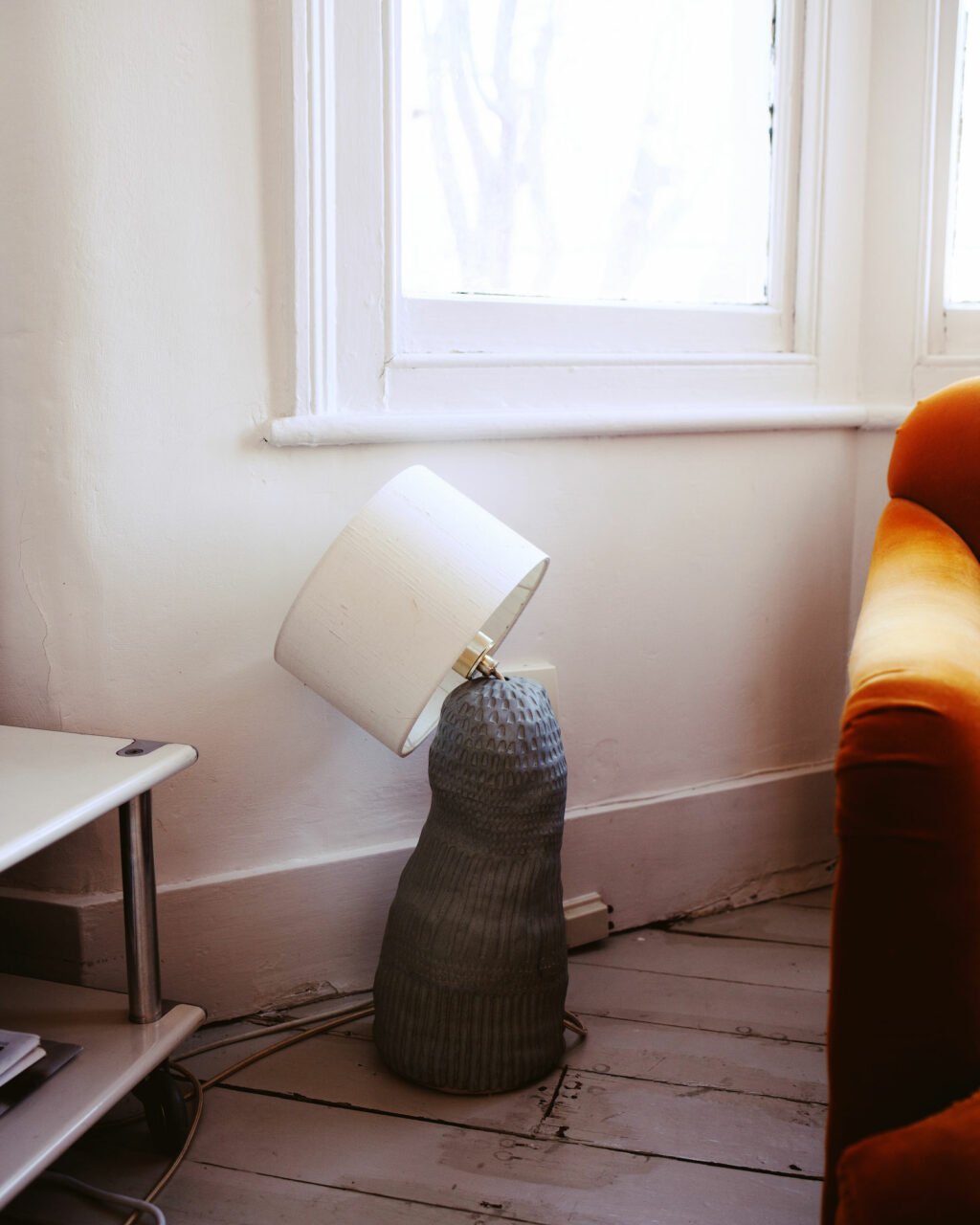
London: Phoebe Collings-James is flexing her muscles. I meet the London-born artist (1987) at her home and listen as she reflects on the development of her layered and multi-dimensional practice. We talk about the kinds of knowledge production that artmaking engenders, non-linearity, and what it means to embrace not knowing. Having been a working artist for many years, she’s spent this time cementing her method—engaged in community forms of artmaking via her involvement in Black Obsidian Sound System (BOSS), teaching university students, and running Mudbelly Ceramics, a skill-sharing research outlet for her practice based in East London. Her interest in ceramics began in 2014, during a Nuove artist residency in Italy. Since then, she’s been contending with how to make clay speak and what embodied manipulation can make it say. Her first institutional UK solo show, A Scratch! A Scratch!, at Camden Art Centre in 2021 showcased a number of armours made of ceramics, each adorned carefully with different etchings, imprints, and braiding patterns. She’s been thinking a lot about protection and the value of a calcified shield, politically and emotionally. Ahead of this interview, she sends me sound pieces, photographs of her sculptures, and video work, which at their core seem preoccupied with grieving, heartbreak, and the crafting of sensorial environments that produce a new way of seeing and relating to one another. Collings-James is in every sense of the word a tender artist: sensitive to the environment around her and constantly drawing from her experiences to steer the direction of her work. Her work has that quality best defined by Keats as ‘negative capability’: the ability of the artist or writer to exist in uncertainties, mysteries, and doubts without ‘an irritable reaching after fact & reason’. We discuss the irony of a penchant for softness when her work must harden in order to be displayed. She’s concerned with moments of rupture and material that seeps out in these instances. She doesn’t shy away from the performance of pain. Lending a critical eye to what others might find sentimental or embarrassing, her work invites the audience in, imploring them to practise listening to frequencies that might, by virtue of oppressive conditions, be hard to tune into. The result is a strange resonance, an unfurling. Collings-James is trying to move us, and we’re being called to witness. The choice to answer that call belongs to us.
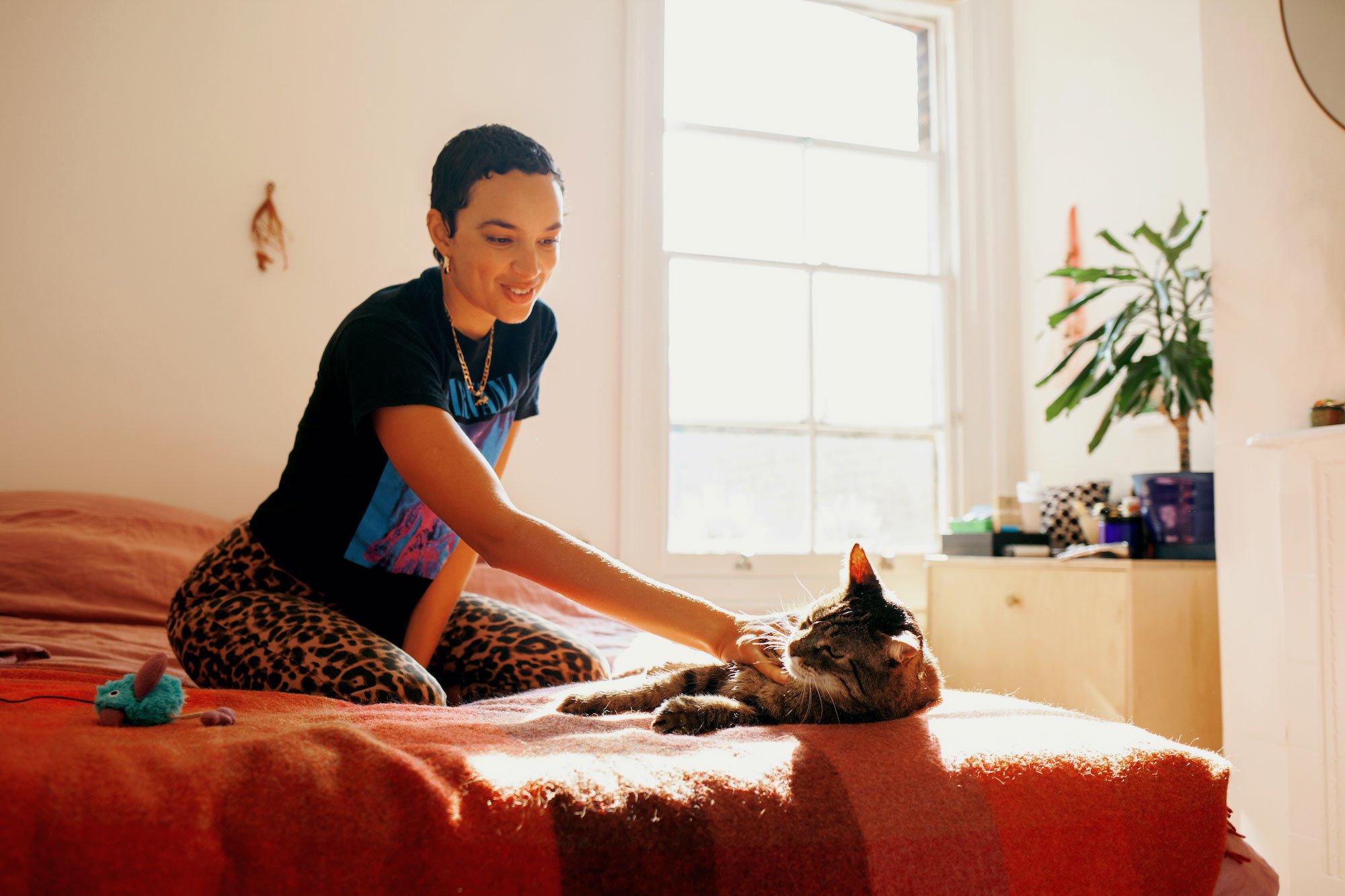
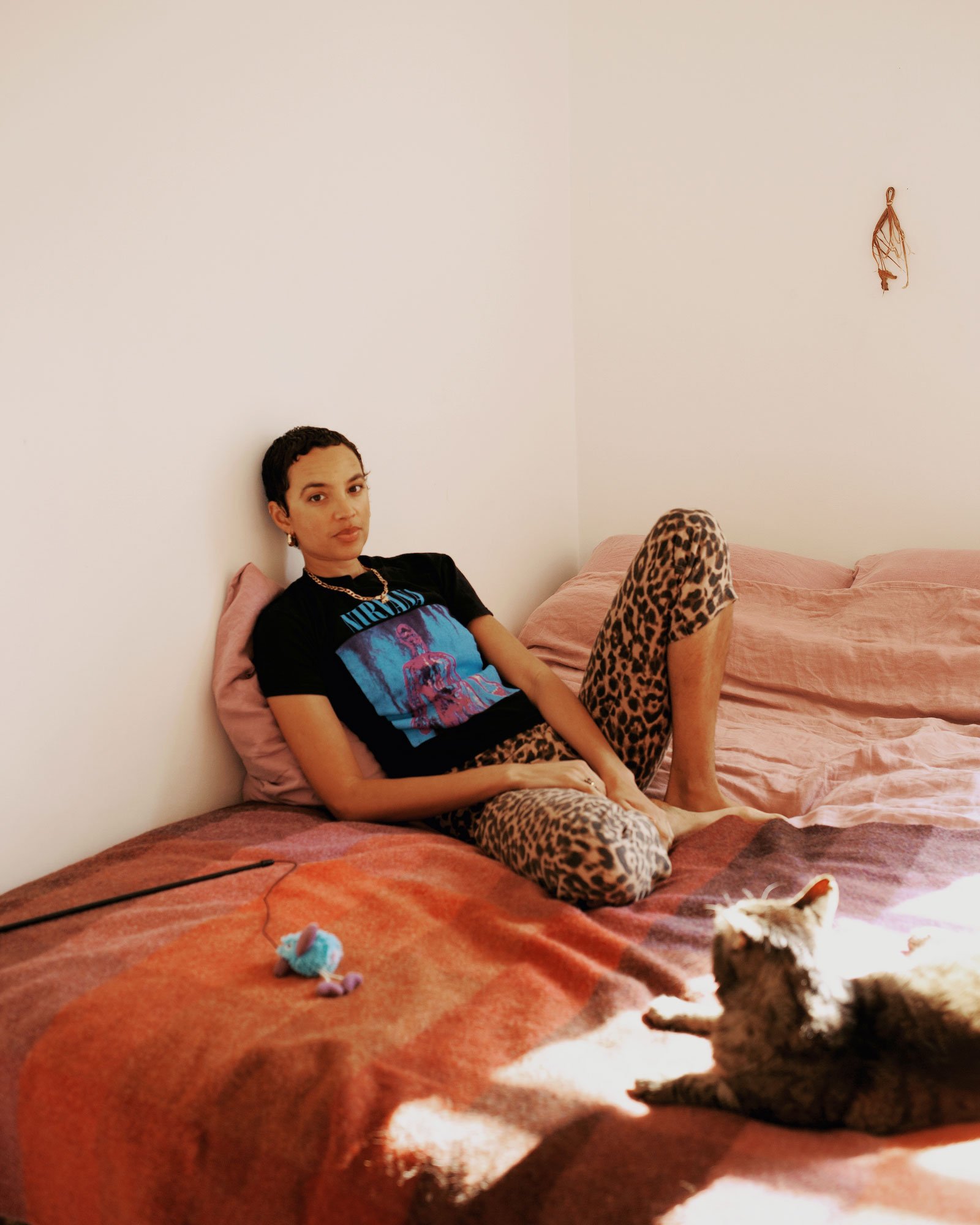
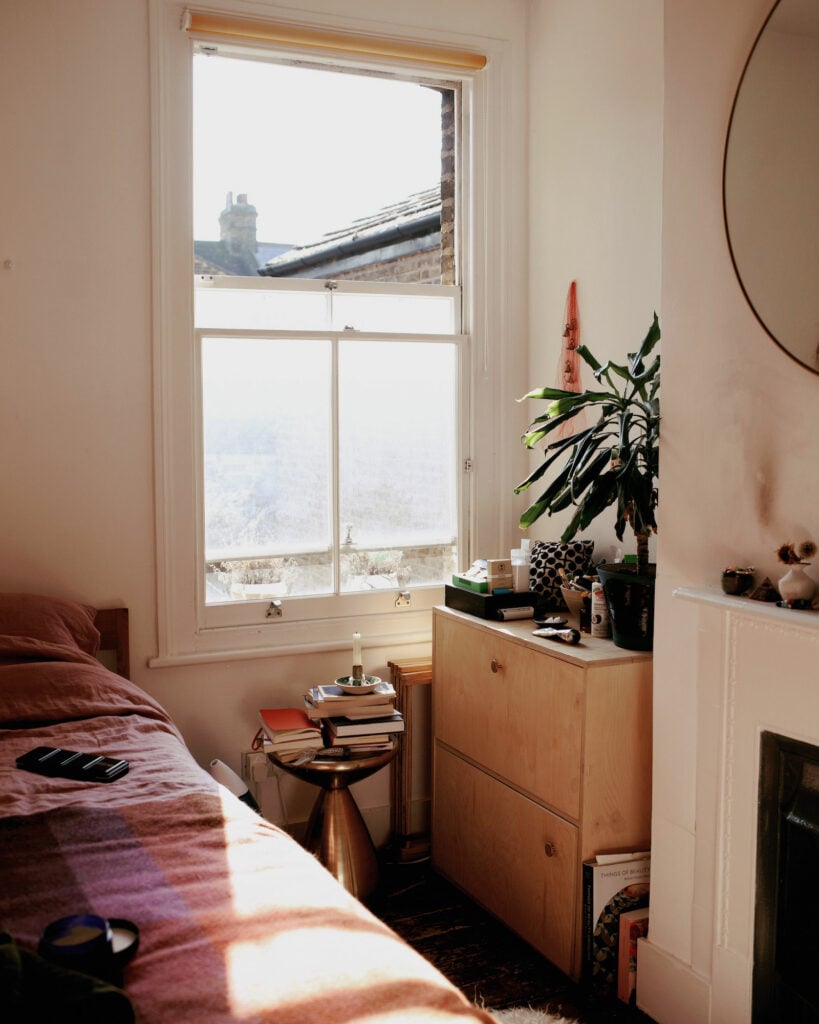
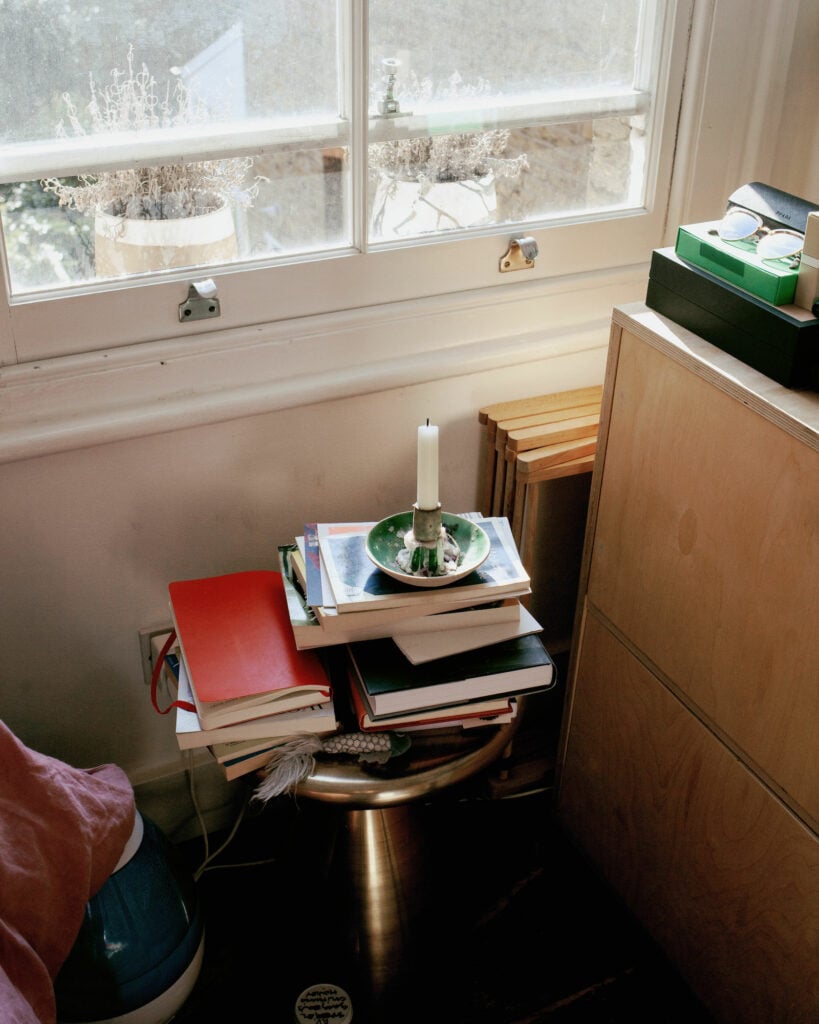
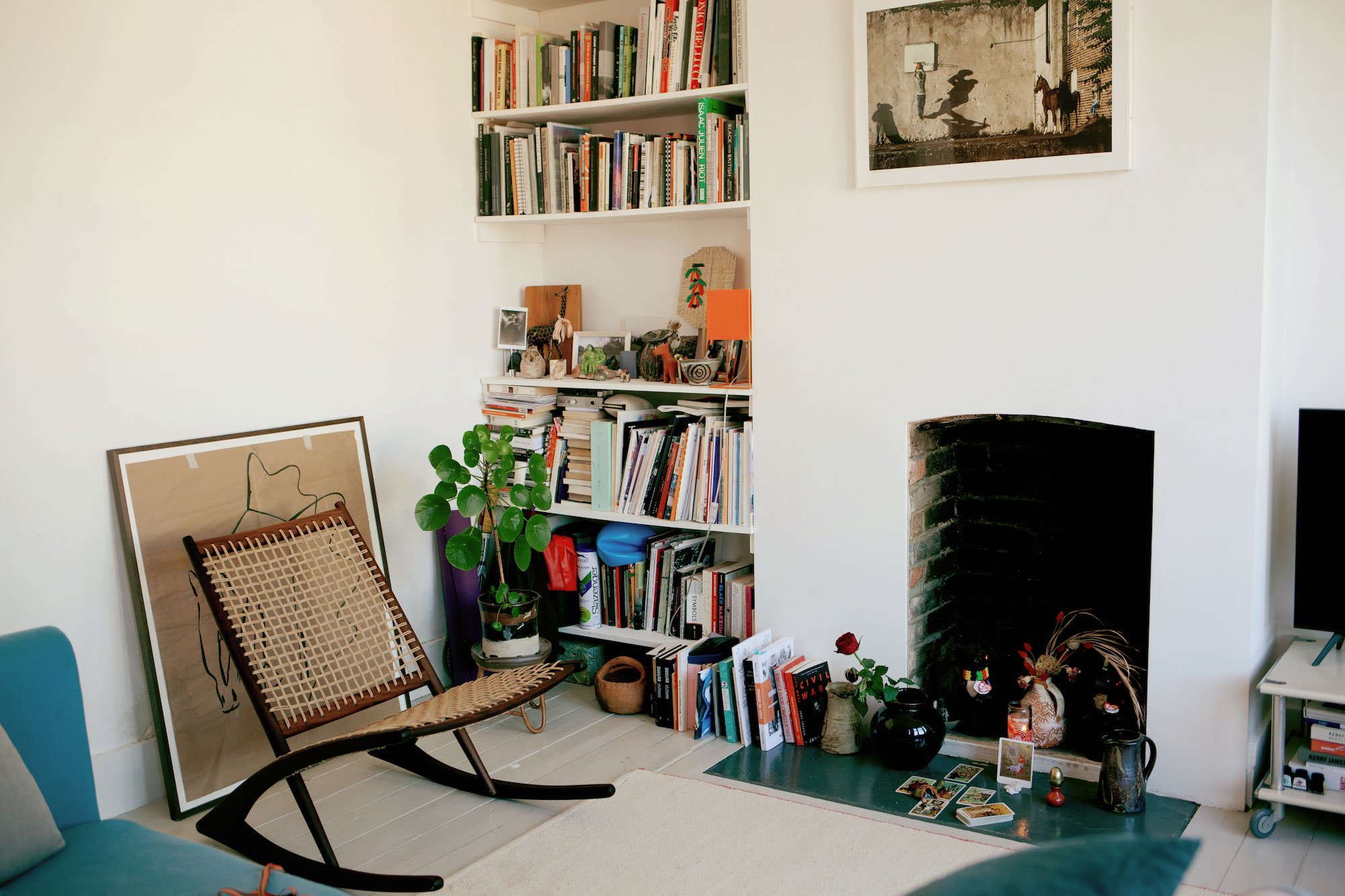
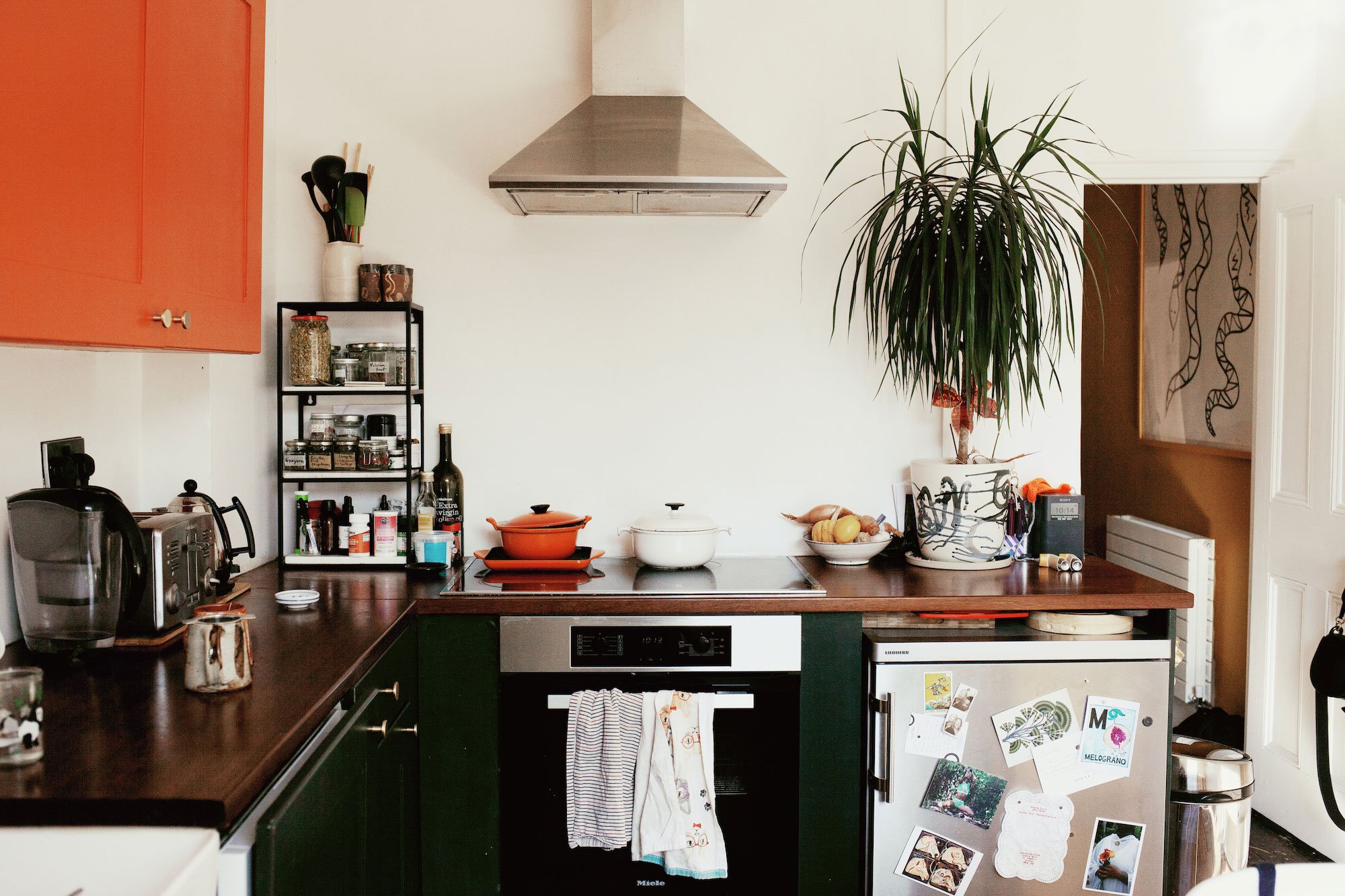
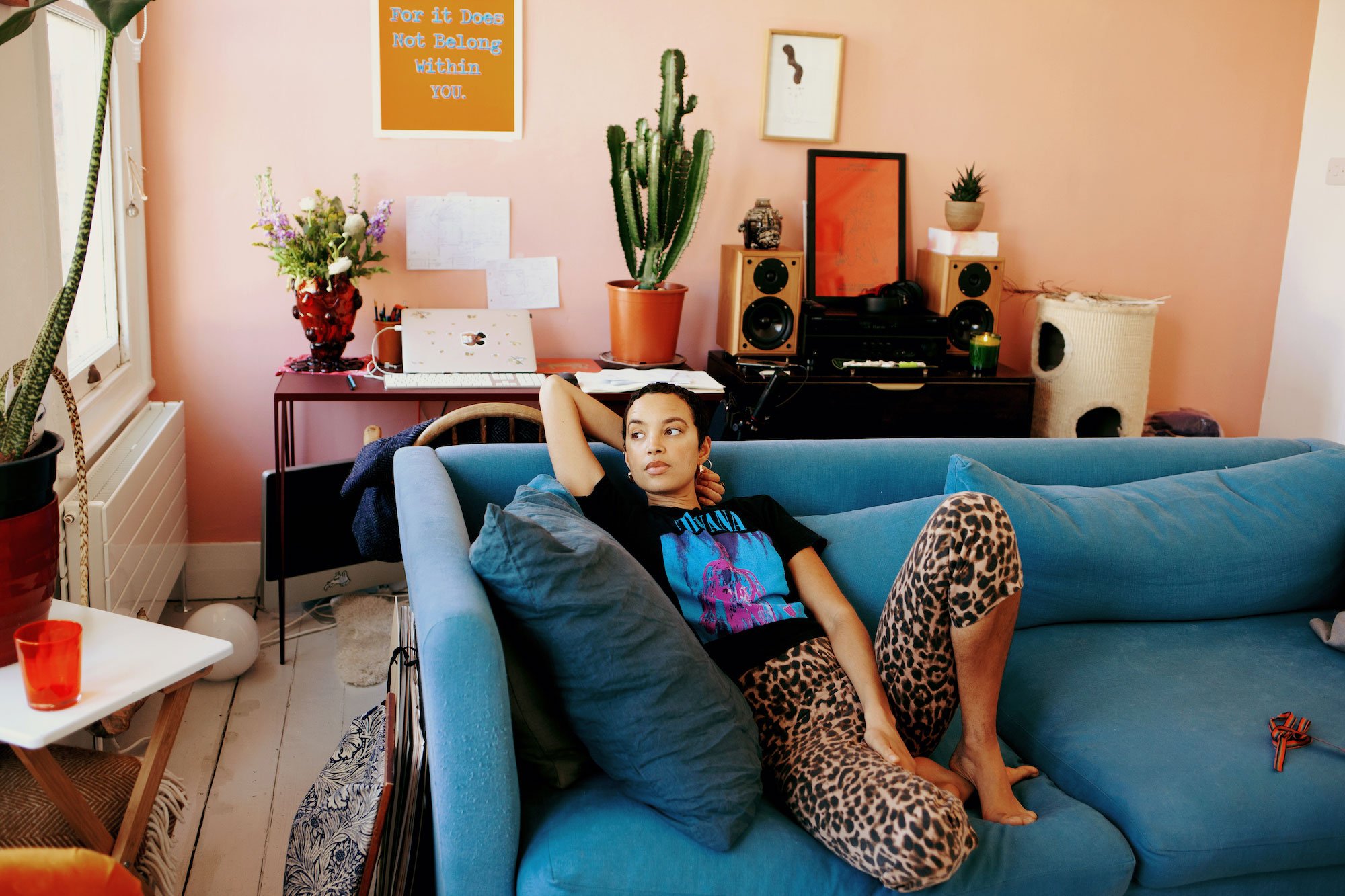
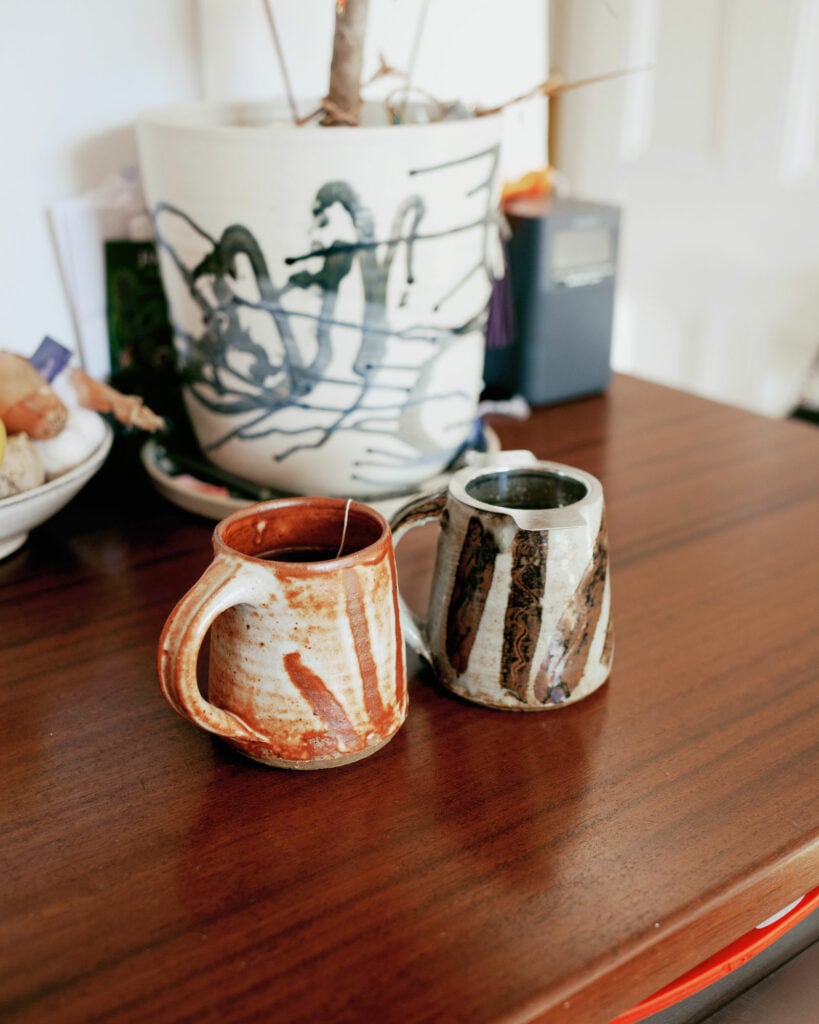
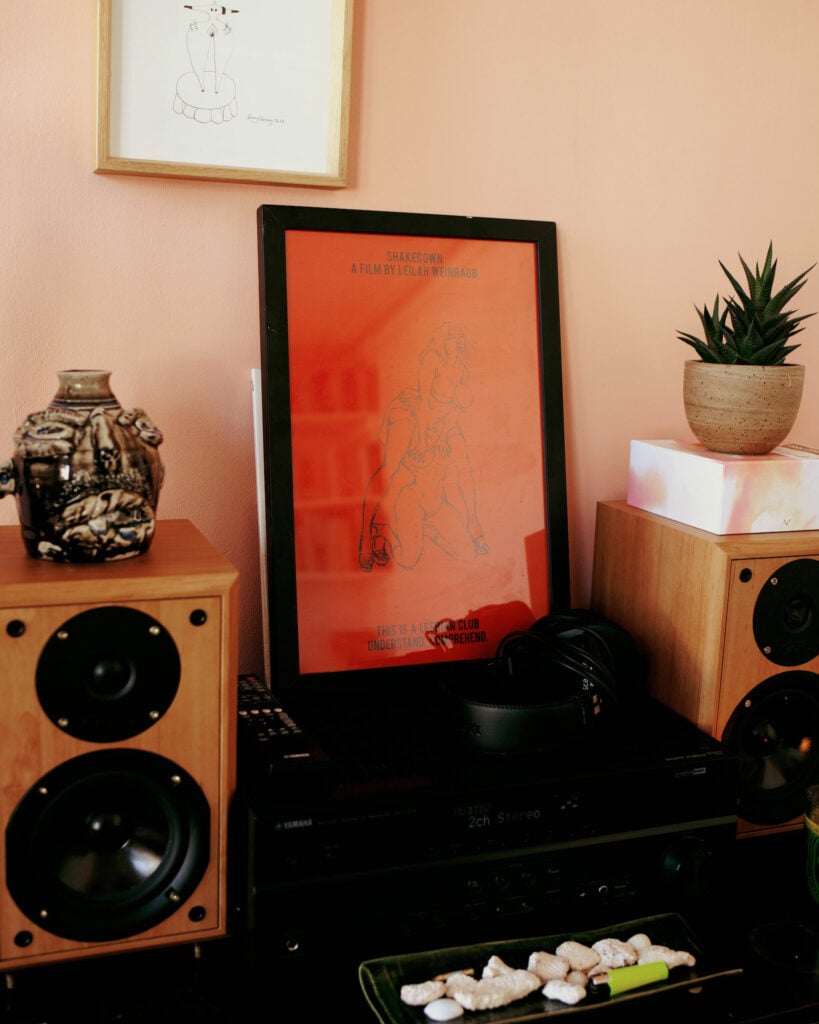
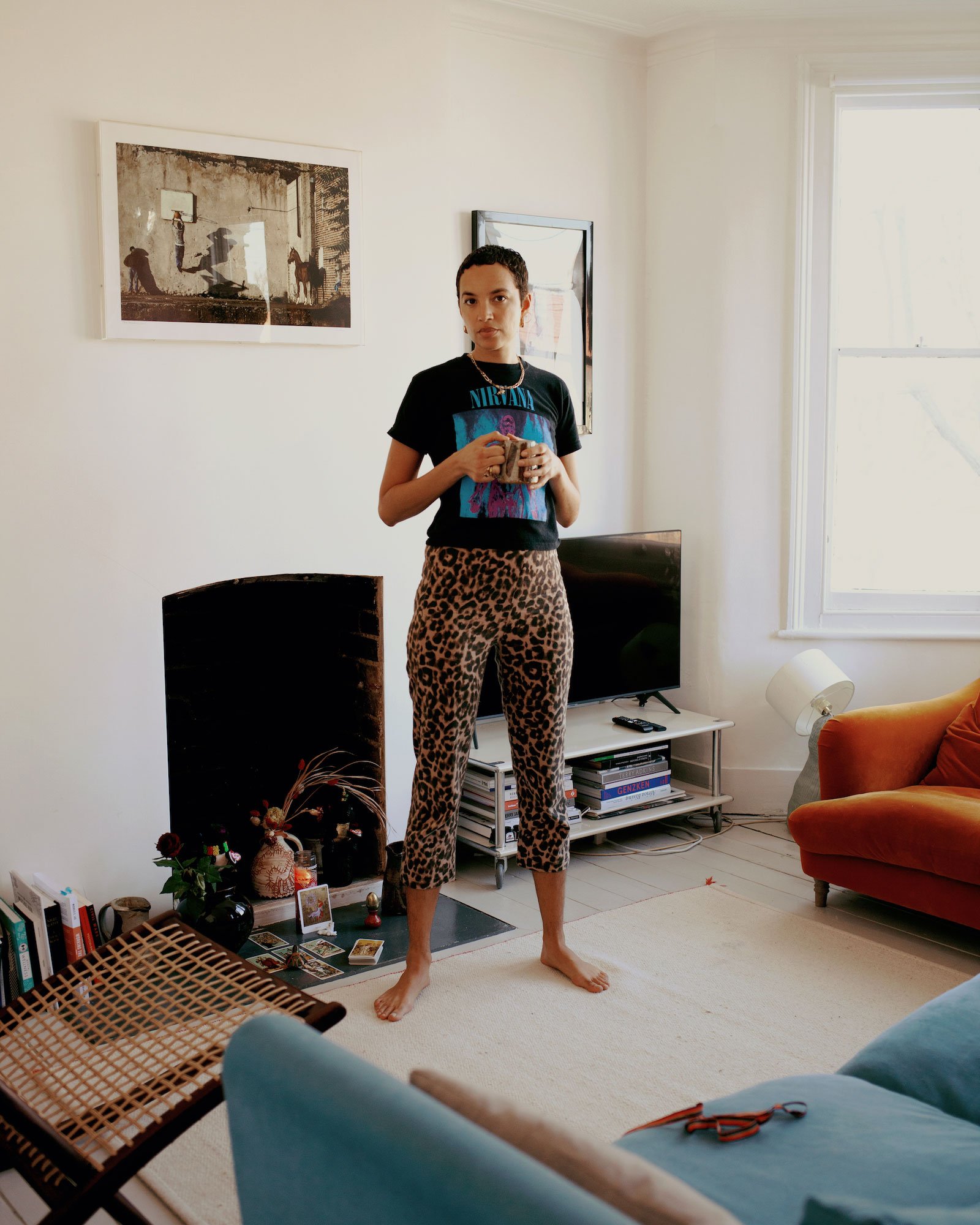
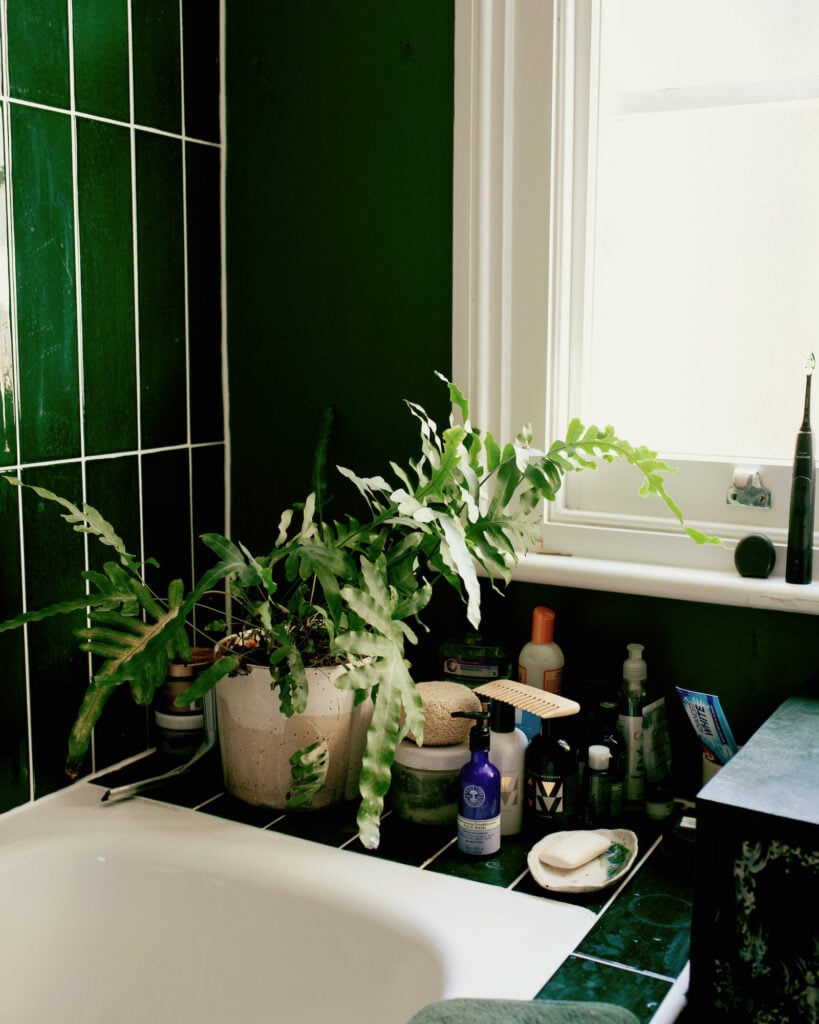
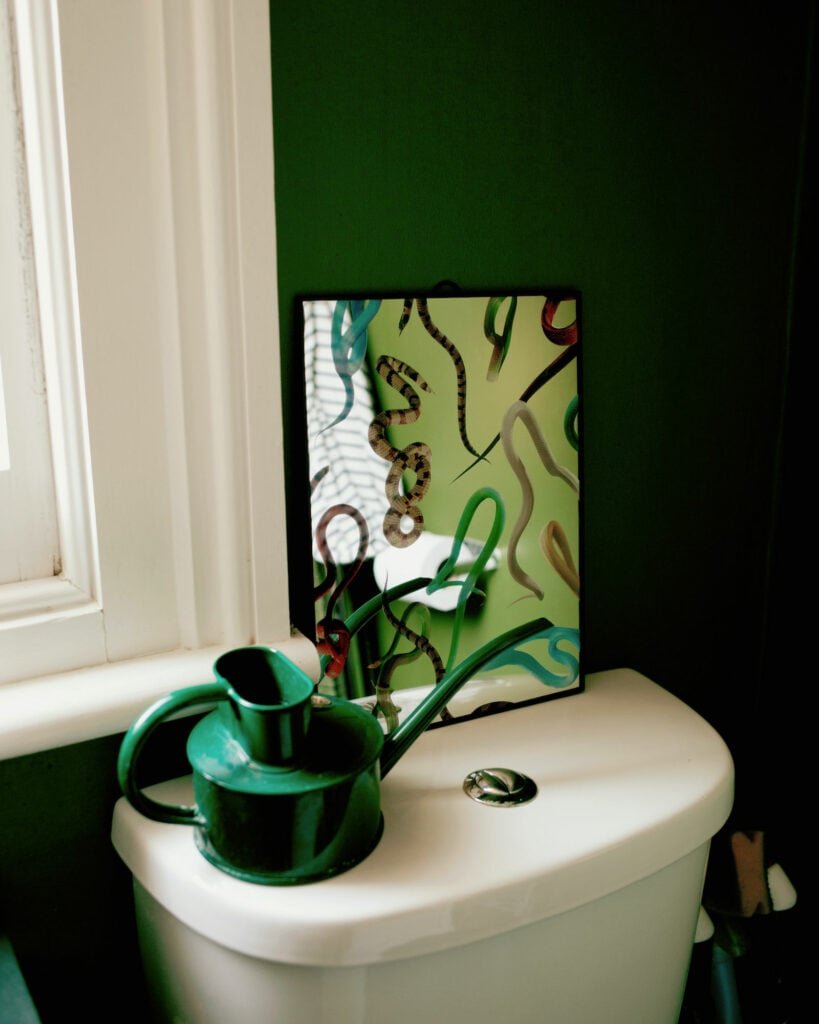
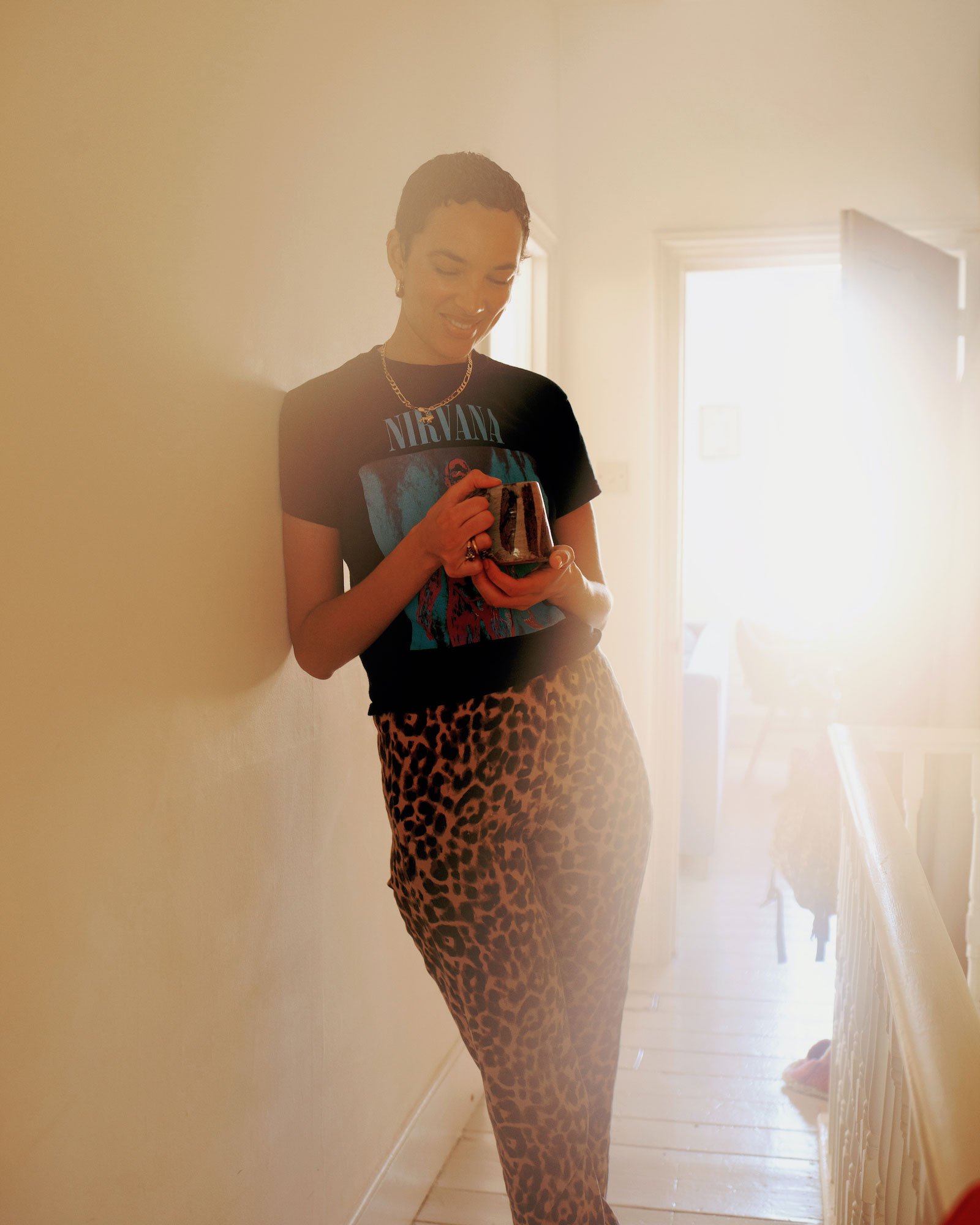
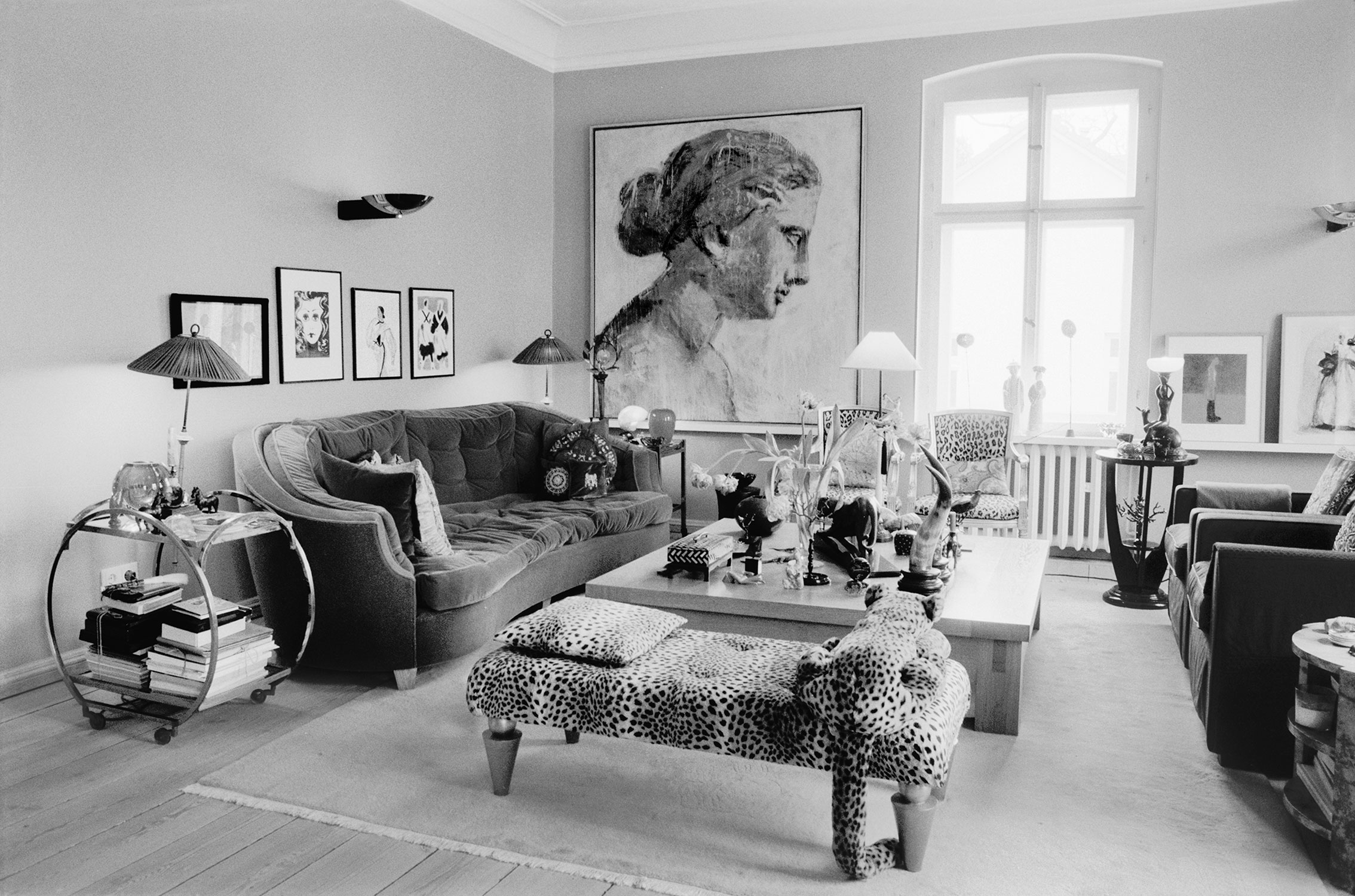
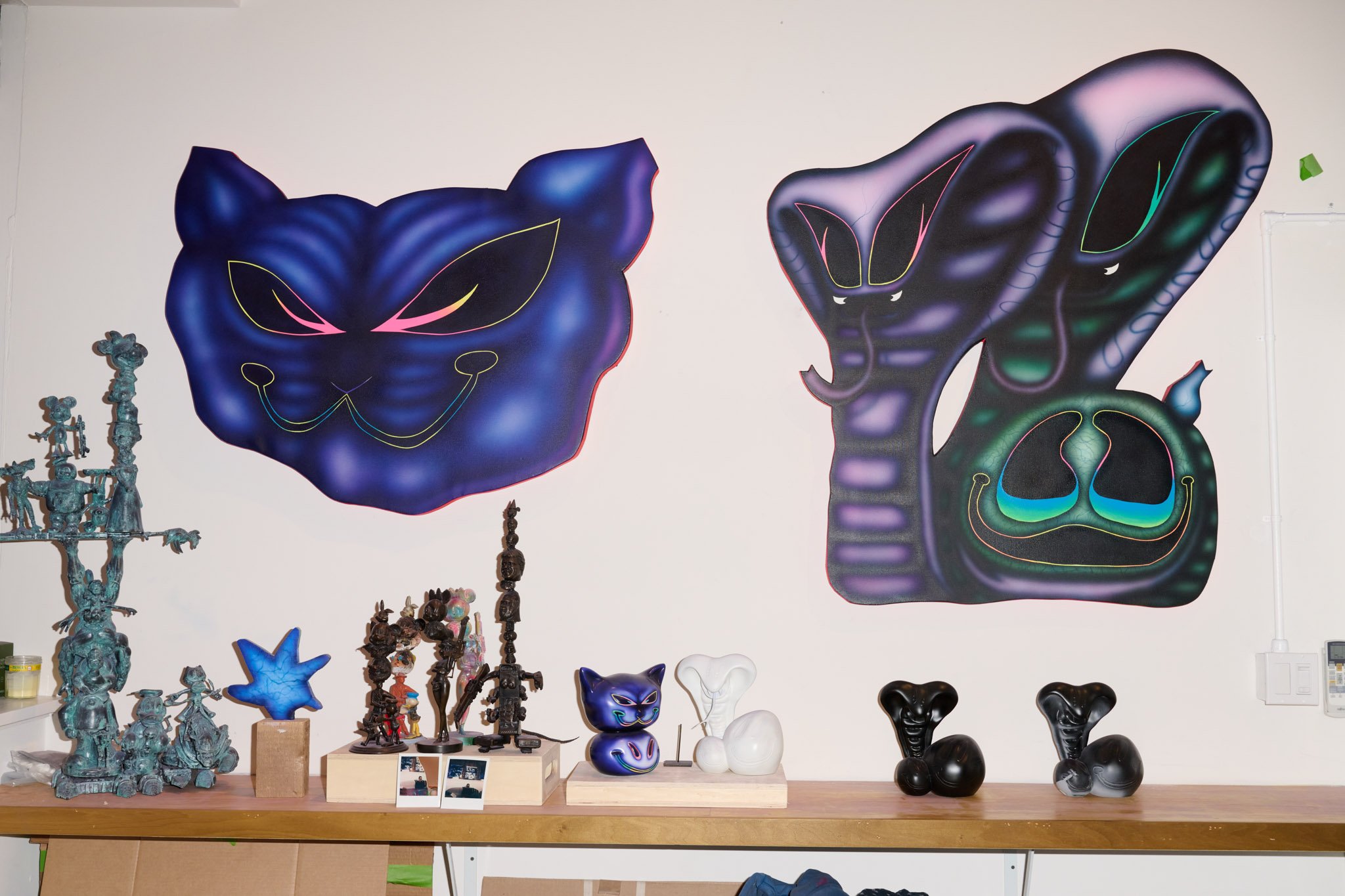
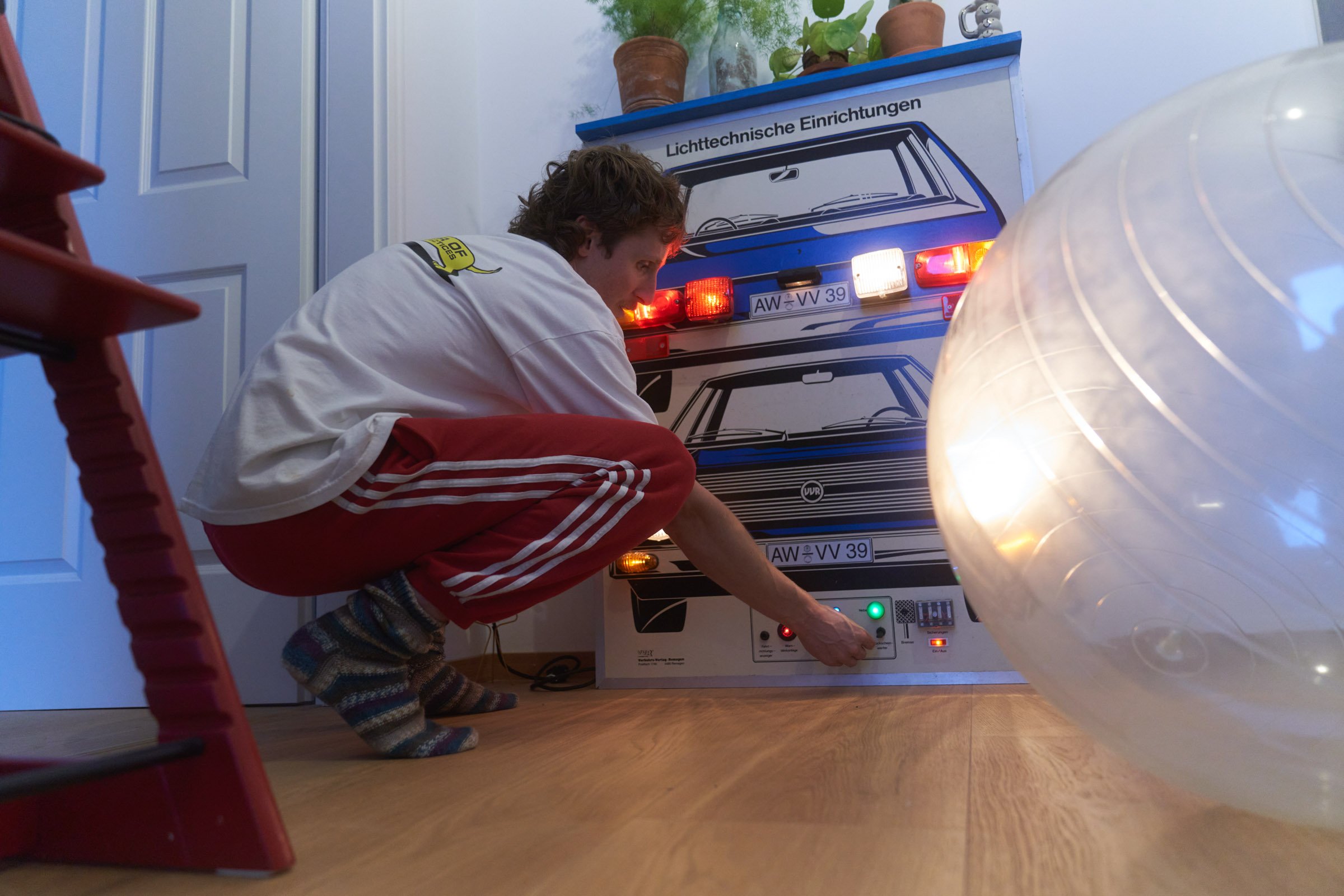
 close
close





